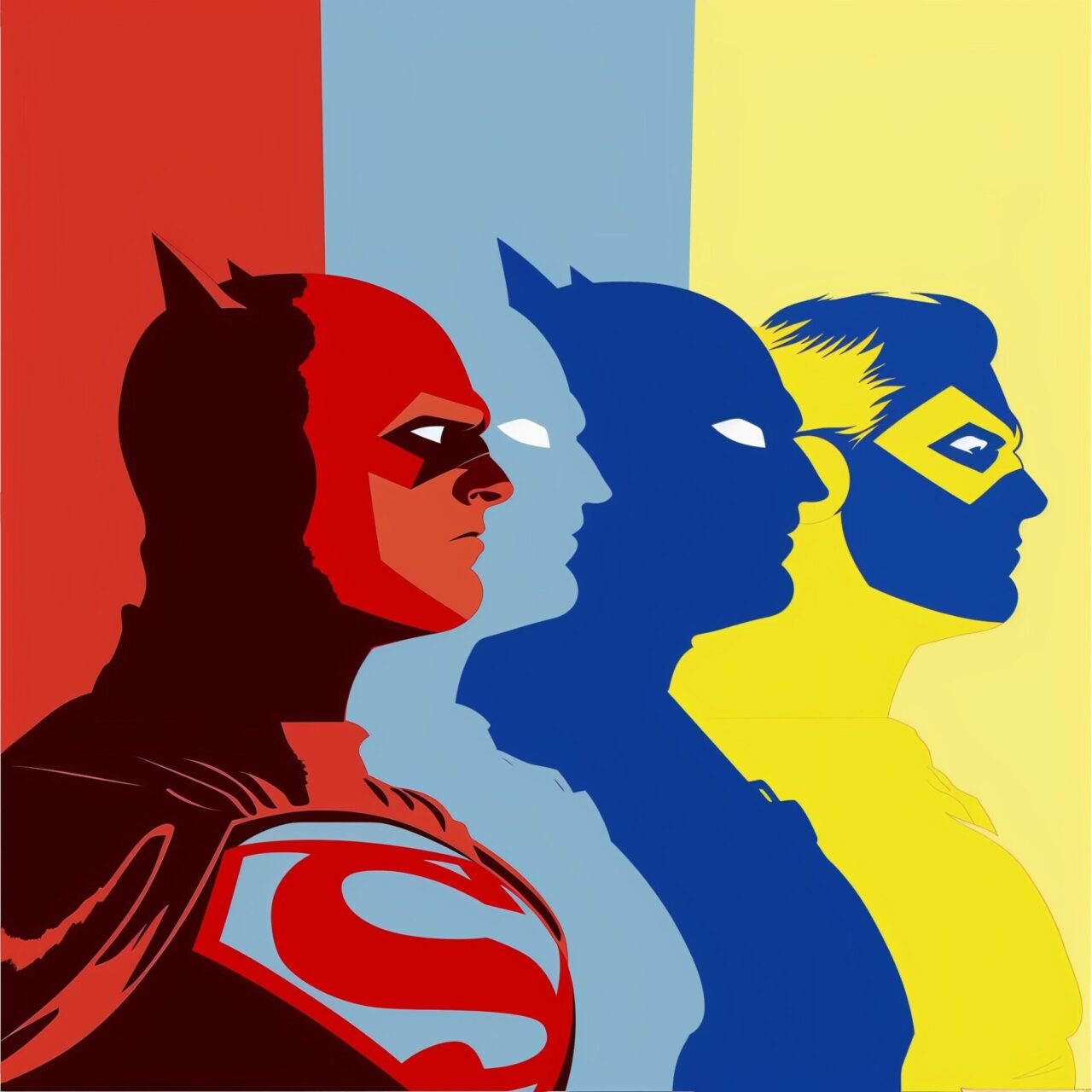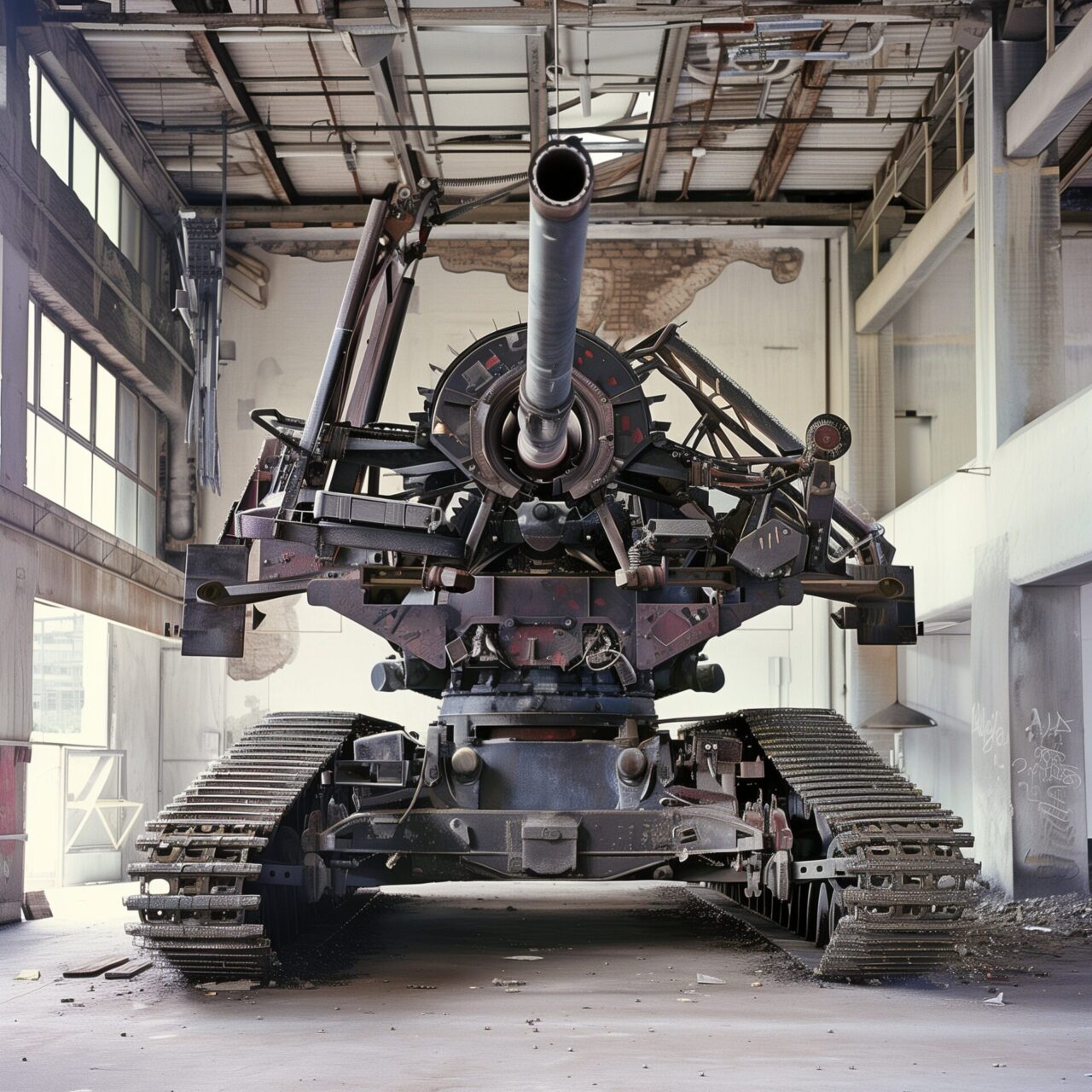
Comparative myths
In the winding corridors of ancient myths and the colourful pages of modern comics, we find an astonishing continuity of heroic archetypes. From the mighty deities of Olympus to the masked defenders of modern metropolises, there is an arc that is deeply engraved in the collective consciousness of mankind. This analysis delves into the fascinating world of mythological and superheroic parallels to explore how ancient divine figures slip into the guise of modern superheroes and what social functions they fulfil.
Heroic archetype: From Zeus to Superman
Perhaps the most direct parallel can be found in the figure of Superman, whose similarities to Zeus are obvious. Both figures symbolise superhuman strength and moral leadership. Superman, the Kryptonian who came to Earth, and Zeus, the King of Heaven, both epitomise the top of the heroic hierarchy in their worlds. Their stories are peppered with themes of responsibility, power and the protection of the weak – central aspects that recur in both ancient epics and modern comics.
Heroines of wisdom: Athena and Wonder Woman
Wonder Woman, or Diana Prince, a warrior princess of the Amazons, mirrors many of the characteristics of the Greek goddess Athena. Both are not only warriors, but also symbols of wisdom, strategy and peace. Their stories convey messages about the importance of intelligence and compassion alongside physical strength. Wonder Woman’s narratives, which often embrace themes of justice and equality, resonate with Athena’s role as goddess of righteous warfare and protector of heroic endeavours.
Messengers and pranksters: Hermes and The Flash
Hermes, the divine messenger known for his speed and mischievous pranks, is echoed in the character of The Flash. Both use their extraordinary speed to navigate between worlds or beyond the limits of human experience. Their ability to overcome the laws of physics symbolises the human quest to overcome boundaries and explore the unknown.

Change and destruction: Hades and Batman
In the dark underworlds of Greek mythology reigns Hades, a figure often misunderstood as a mere ruler of death. His true domain, however, is change and the necessary end that makes new things possible. Batman, the Dark Knight of Gotham, reflects similar themes. Through his nocturnal activities and his role as guardian of a city that never seems to sleep, Batman personifies the fight against corruption and the restoration of order, often through methods that take him to the edge of the moral world.
Masks of modernity
The enduring fascination with superhero comics and the persistent presence of ancient myths in modern culture show that human society continues to need characters who combine superhuman virtues and human weaknesses. These characters serve as mirrors of our aspirations, fears and ideals. They are not just entertainment, but powerful vehicles for cultural self-reflection and moral negotiation. The gods and heroes may change, the costumes may become more modern, but the stories we tell remain remarkably the same – eternal tales of good and evil, of humanity and what lies beyond.


